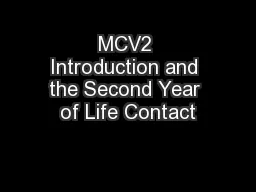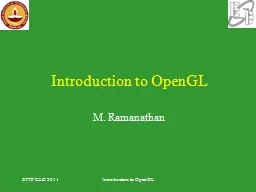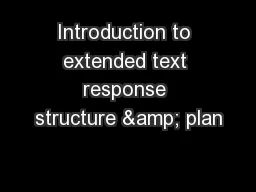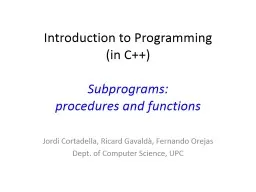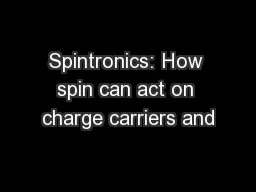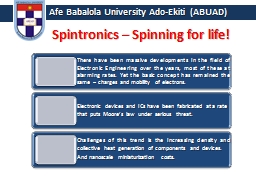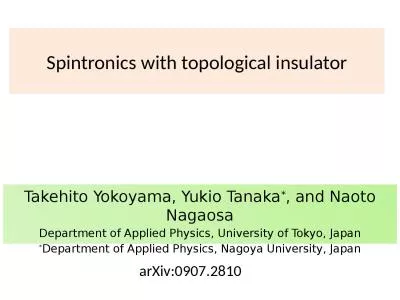PPT-AN INTRODUCTION TO SPINTRONICS
Author : pamella-moone | Published Date : 2018-10-29
BY SAMIR KUMAR 10M601 MTECH 1 ST YEAR Center for Materials Science and Engineering NATIONAL INSTITUTE OF TECHNOLOGY HAMIRPUR Centre for Materials Science and Engineering
Presentation Embed Code
Download Presentation
Download Presentation The PPT/PDF document "AN INTRODUCTION TO SPINTRONICS" is the property of its rightful owner. Permission is granted to download and print the materials on this website for personal, non-commercial use only, and to display it on your personal computer provided you do not modify the materials and that you retain all copyright notices contained in the materials. By downloading content from our website, you accept the terms of this agreement.
AN INTRODUCTION TO SPINTRONICS: Transcript
Download Rules Of Document
"AN INTRODUCTION TO SPINTRONICS"The content belongs to its owner. You may download and print it for personal use, without modification, and keep all copyright notices. By downloading, you agree to these terms.
Related Documents

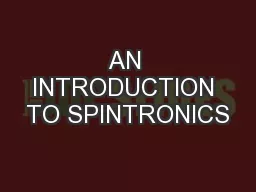
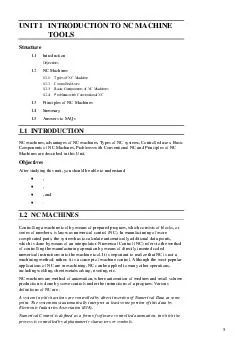
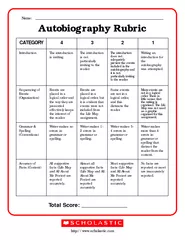

![a number of studies on Si spintronics, achieving spin transport [1-5]](https://thumbs.docslides.com/176539/a-number-of-studies-on-si-spintronics-achieving-spin-transp.jpg)
